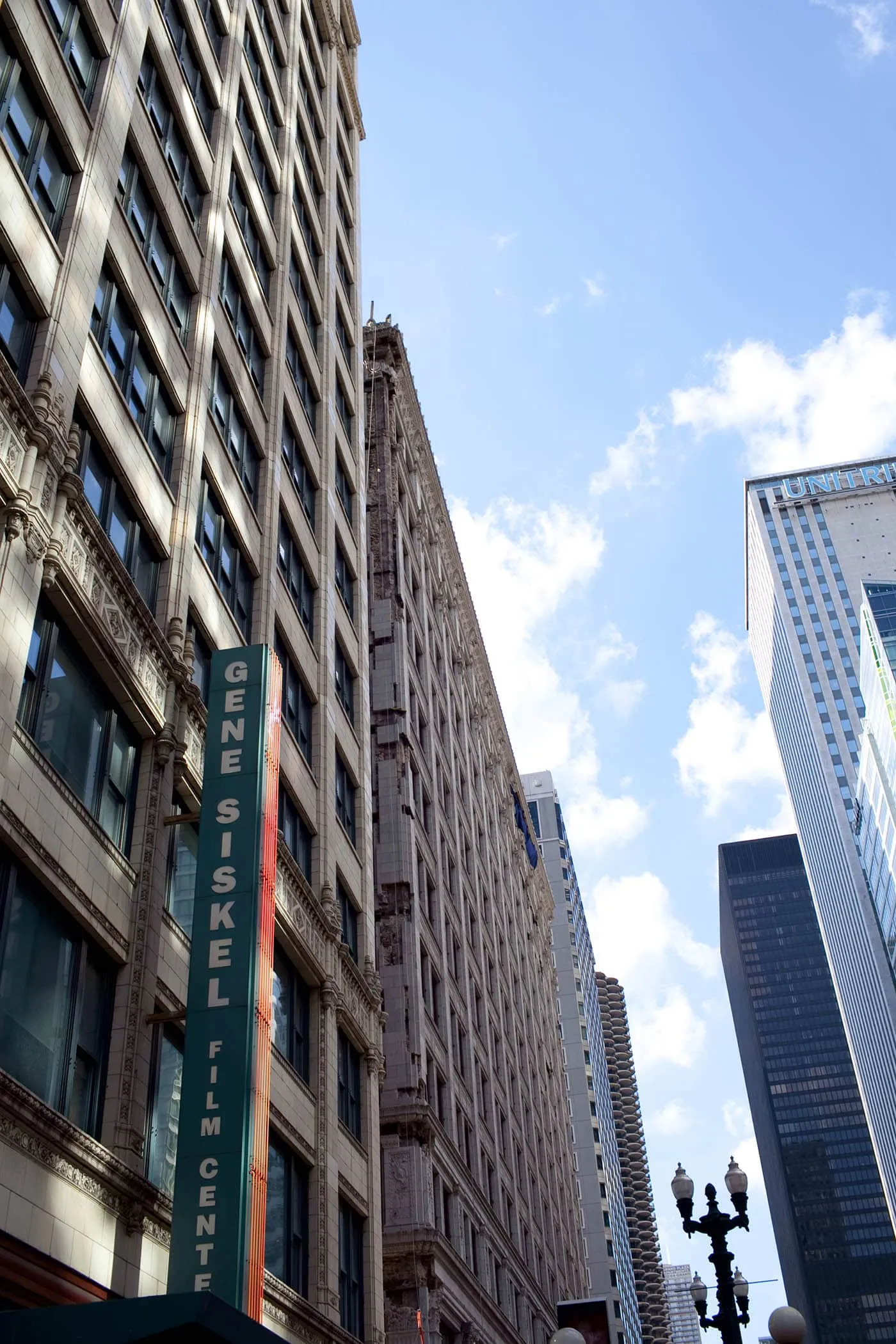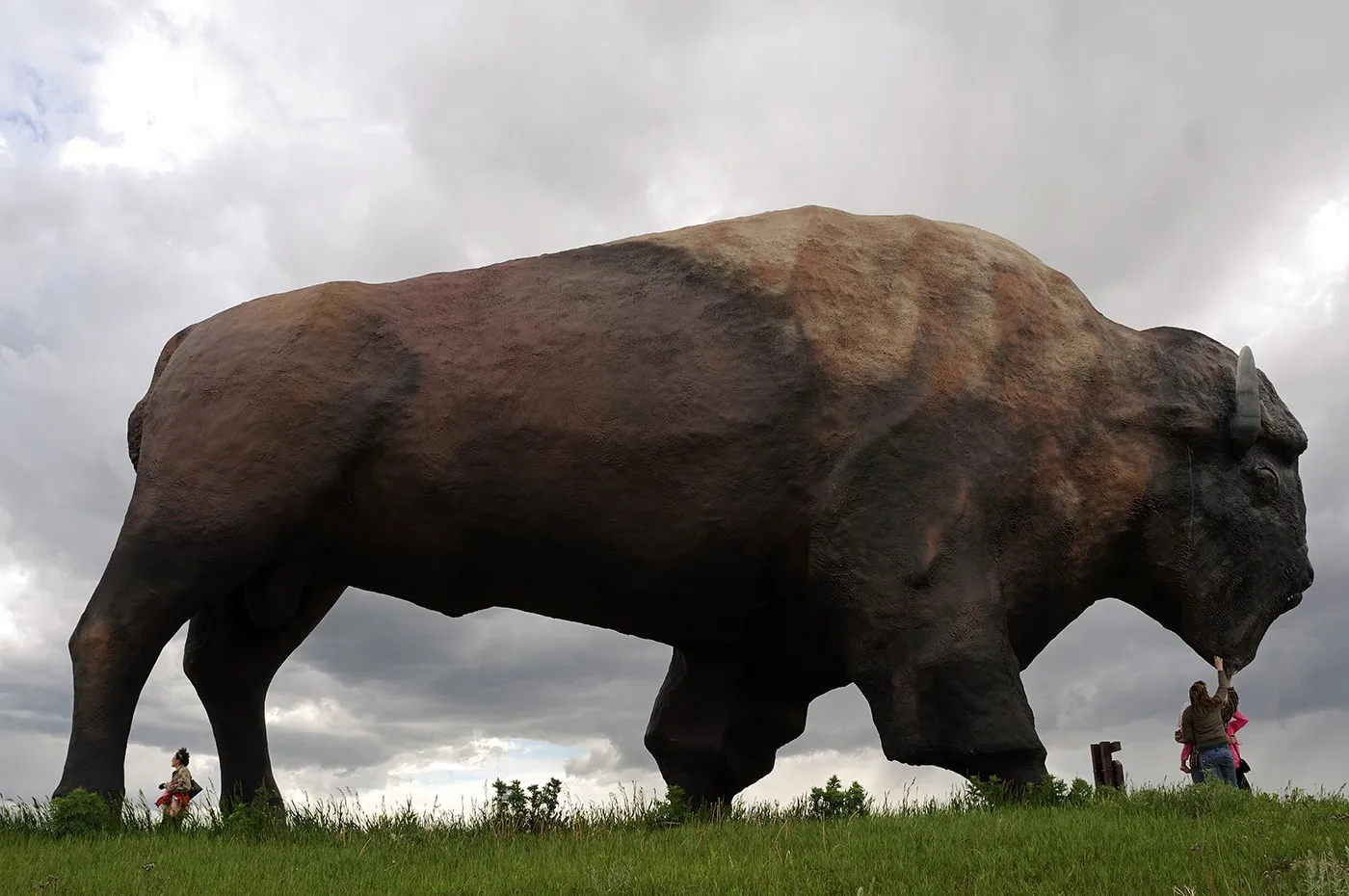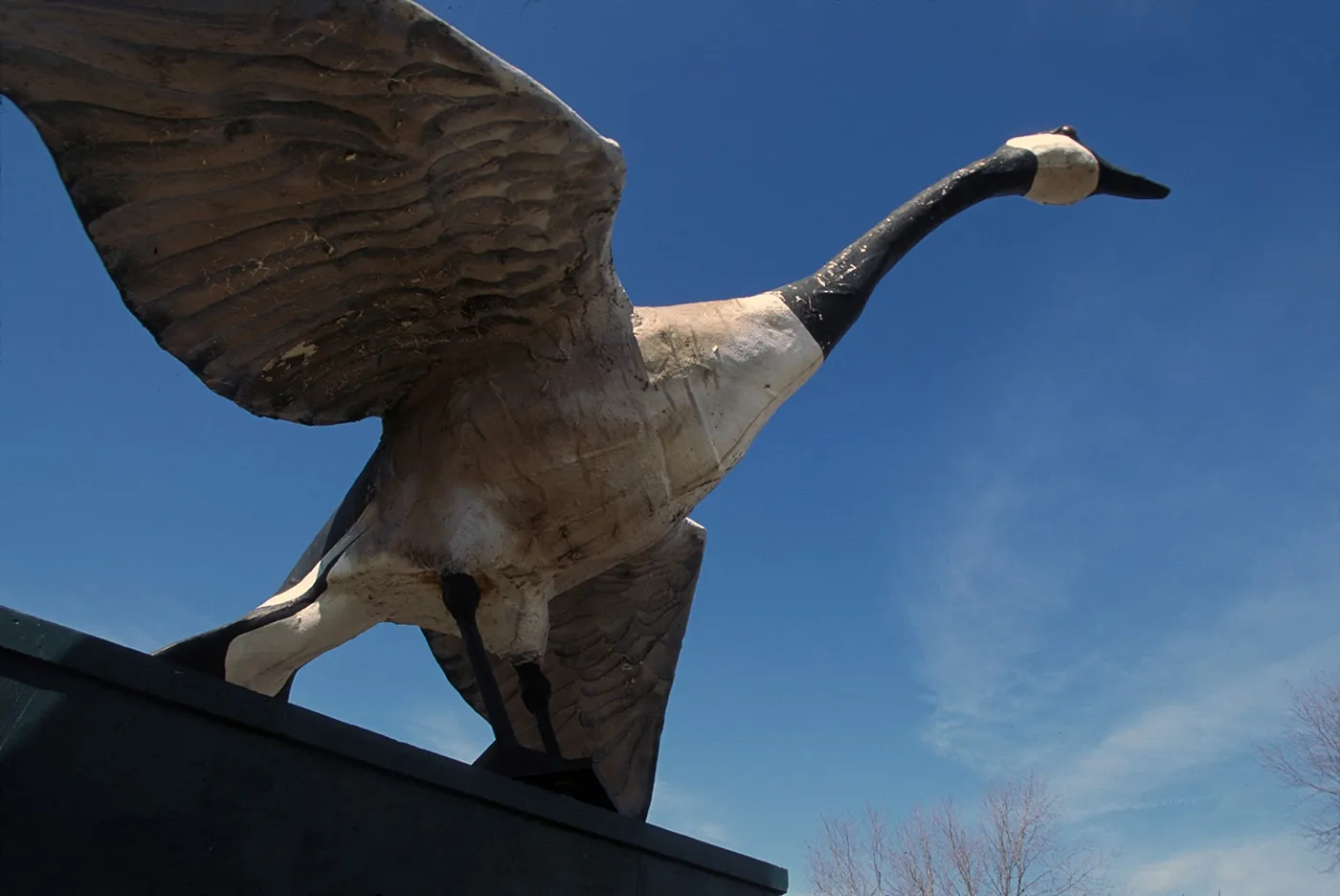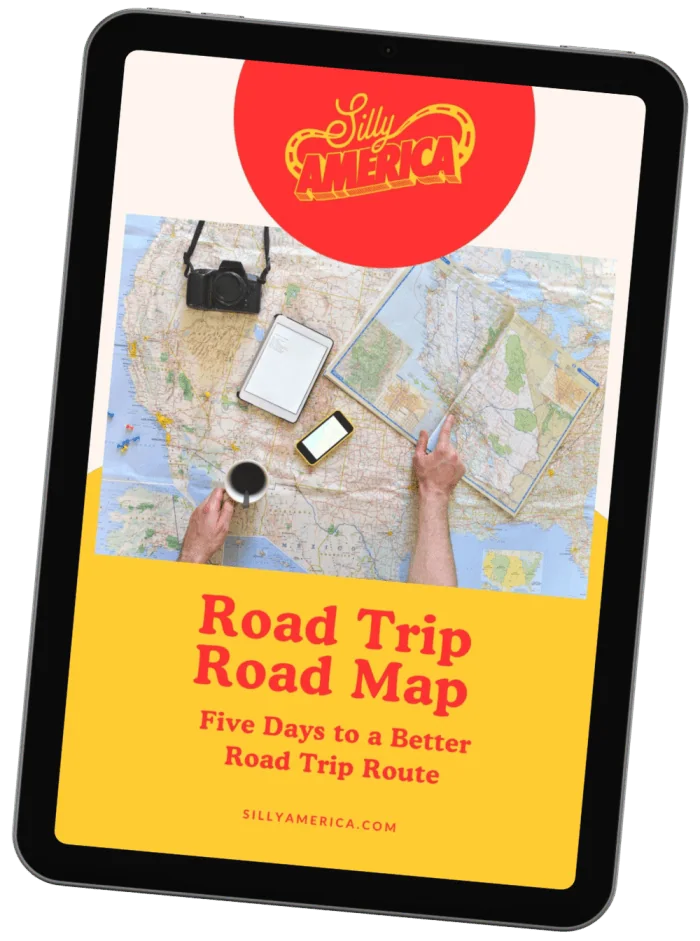Friday night I had the privilege of attending a screening of “World’s Largest” at the Chicago Underground Film Festival at the Gene Siskel Film Center.

Directed and produced by Amy C. Elliott and Elizabeth Donius, the film is on the surface about roadside attractions, specifically those dubbed the “world’s largest” whatever that are erected across the country and beacon travelers off their path. Giant statues and sculptures. They travel the country, visiting these sculptures and talking to local organizations and people about their creation and what these things mean to them.
But what the film is really about is the vanishing small-town culture. Most roadside attractions stood as reminders of the past. A giant olive in a town once known for the fruit that is no longer produced there. Many were created to bring people into the town, but, with nothing else to offer, the few and far between visitors who do come merely hop out of the car for a picture and then continue on their way. And without sustained customers the businesses can’t keep open, and if they aren’t open customers can’t come.
Many of the attractions stood in towns that are increasingly losing money and losing populations.

The World’s Largest Buffalo, Jamestown, ND. One of the sites featured in the feature documentary World’s Largest. © Amy C. Elliott
At the heart of the film is the continual returning to Soap Lake, Washington: a town that was once attracting customers from their miraculous soapy lake but that is now the poorest town in their county. A local proposes that they build a new Washington roadside attraction, the world’s largest lava lamp, to stir interest in the town and bring visitors in. It’s a controversial plan that creates supporters and opponents. And after years of battling, a promising donation, and finally county support, the town still was struggling to make that dream happen. But the continuing question is, even if the town succeeds in creating this lava lamp, will the lava lamp attract people and be enough to bring the town back on its feet?
Towards the end of the film the filmmakers took on a question: do you think anyone would come just to see this world’s largest thing? The resounding answer seemed to be no. For someone like me, a road tripper obsessed with visiting any and all of these roadside attractions, yeah, yes, I do go. But, in reality, never for just one thing as I always have several stops planned. And I also have to admit that I am guilty of the pop out visiting, never really staying in a town for more than a few pictures.
The film evoked a mixture of humor and sadness. I found the audience in constant laughter, often over the ridiculousness of the attraction in question or the reasoning behind it or the sheer unwavering love from a local or two. But it was never a judging laughter. And it was definitely sad to see some towns that were once at least somewhat bustling only attract a dozen or two people to a parade.

The World’s Largest Goose, Sumner, MO. One of the sites featured in the feature documentary World’s Largest. © Amy C. Elliott
The film made me think a little bit more about how I travel, and hopefully I will be able to take a few more moments in each town I visit. Hopefully be able to stop in a shop or restaurant. But, as the filmmakers pointed out in the post-film discussion, many of these places had restaurants that were maybe only open on Tuesday night and Saturday morning. Because that giant egg isn’t enough to keep it open.
To learn more about World’s Largest and if it is coming to a city near you, visit the film’s website at www.worldslargestdoc.com.






